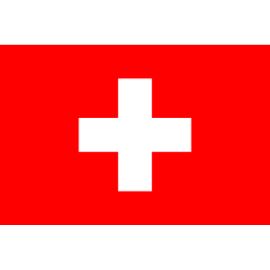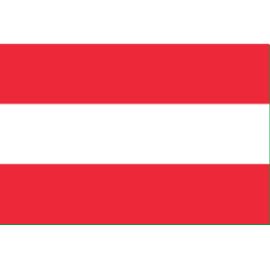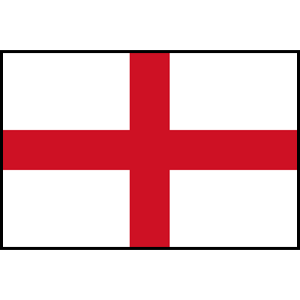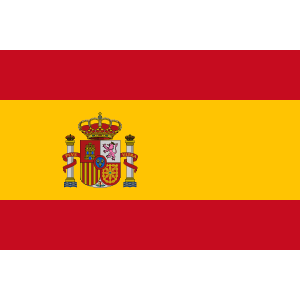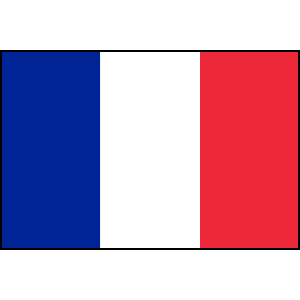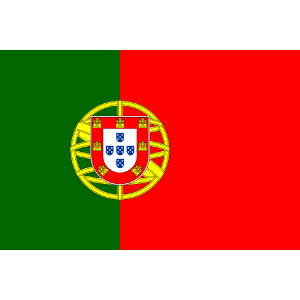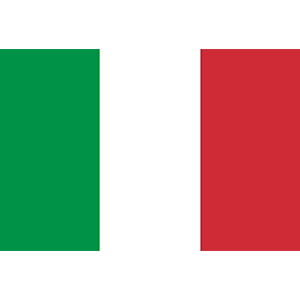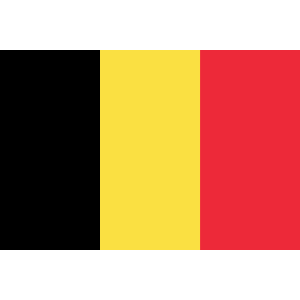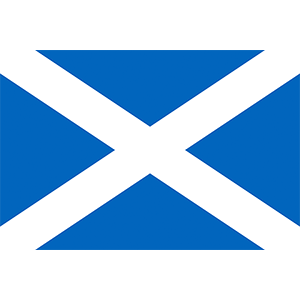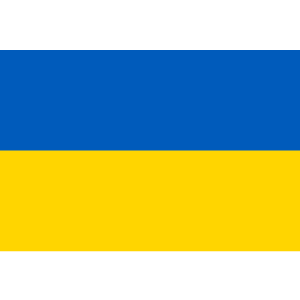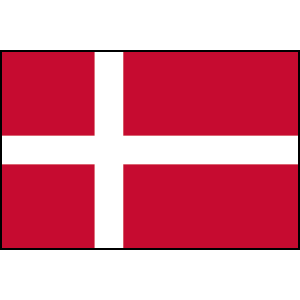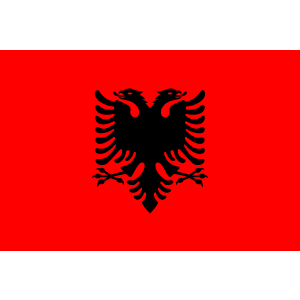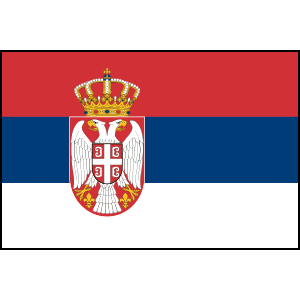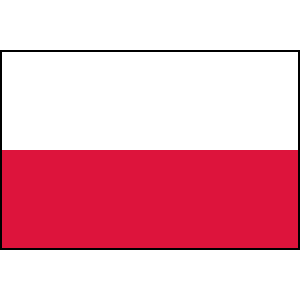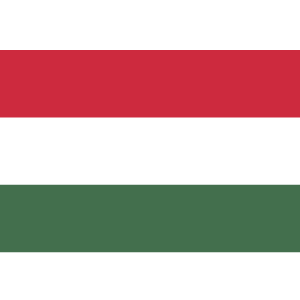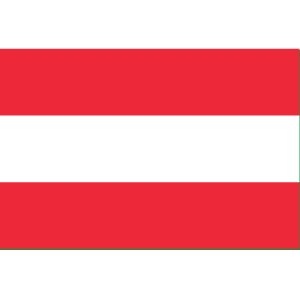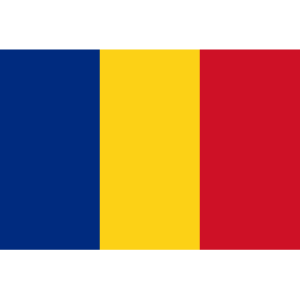Search results
Other games
Slovakia is a member of the European Union, the Eurozone, the Schengen Area, the United Nations, NATO, CERN, the OECD, the WTO, the Council of Europe, the Visegrád Group, and the OSCE. Slovakia is also home to eight UNESCO World Heritage Sites. The world's largest per-capita car producer, Slovakia manufactured a total of 1.1 million cars in ...
- Overview
- Land
- Relief
- Drainage
- Soils
- Climate
Slovakia, landlocked country of central Europe. It is roughly coextensive with the historic region of Slovakia, the easternmost of the two territories that from 1918 to 1992 constituted Czechoslovakia.
The short history of independent Slovakia is one of a desire to move from mere autonomy within the Czechoslovak federation to sovereignty—a history of resistance to being called “the nation after the hyphen.” Although World War II thwarted the Slovaks’ first vote for independence in 1939, sovereignty was finally realized on January 1, 1993, slightly more than three years after the Velvet Revolution—the collapse of the communist regime that had controlled Czechoslovakia since 1948.
Of course, the history of the Slovak nation began long before the creation of Czechoslovakia and even before the emergence of Slovak as a distinct literary language in the 19th century. From the 11th century, Hungary ruled what is now Slovakia, and the Slovaks’ ancestors were identified as inhabitants of Upper Hungary, or simply “the Highlands,” rather than by their Slavic language. Despite the Hungarians’ drive to Magyarize the multiethnic population of their kingdom, by the 19th century the Slovaks had created a heavily mythologized identity, linking themselves with the 9th-century Slavic kingdom of Great Moravia. Because they lacked a national dynasty, patron saints, and a native aristocracy or bourgeoisie, their national hero became the 18th-century outlaw Jánošík, sometimes called the Slovak Robin Hood.
Only in 1918, when World War I ended with Austria-Hungary on the losing side, did Slovakia materialize as a geopolitical unit—but within the new country of Czechoslovakia. Although a critical stocktaking of the Czech-Slovak relationship shows more discord than harmony, there was one splendid moment when the two nations stood firmly together. This was in the summer of 1968, when the Soviet Union invaded Czechoslovakia and crushed the Prague Spring, the period during which a series of reforms were implemented by Communist Party leader Alexander Dubček, arguably the best-known Slovak in the world.
Britannica Quiz
Countries of the World
Slovakia is bordered by Poland to the north, Ukraine to the east, Hungary to the south, and Austria to the southwest. Its former federal partner, the Czech Republic, lies to the west.
Special offer for students! Check out our special academic rate and excel this spring semester!
The Western Carpathian Mountains dominate the topography of Slovakia. They consist of a system of three regions of east-west-trending ranges—Outer, Central, and Inner—separated by valleys and intermontane basins. Two large lowland areas north of the Hungarian border, the Little Alfold (called the Podunajská, or Danubian, Lowland in Slovakia) in the southwest and the Eastern Slovakian Lowland in the east, constitute the Slovakian portion of the Inner Carpathian Depressions region.
The Outer Western Carpathians to the north extend into the eastern Czech Republic and southern Poland and contain the Little Carpathian (Slovak: Malé Karpaty), Javorníky, and Beskid mountains. Located roughly in the middle of the country, the Central Western Carpathians include Slovakia’s highest ranges: the High Tatra (Vysoké Tatry) Mountains, containing the highest point in the republic, Gerlachovský Peak, at 8,711 feet (2,655 metres); and, to the south of them, the Low Tatra (Nízke Tatry) Mountains, which reach elevations of about 6,500 feet (2,000 metres) (see Tatra Mountains). Farther to the south are the Inner Western Carpathian Mountains, which extend into Hungary and contain the economically important Slovak Ore (Slovenské Rudohorie) Mountains.
Slovakia drains predominantly southward into the Danube (Dunaj) River system. The Danube and another major river, the Morava, form the republic’s southwestern border. The principal rivers draining the mountains include the Váh, Hron, Hornád, and Bodrog, all flowing south, and the Poprad, draining northward. Flows vary seasonally from the torrents o...
Slovakia contains a striking variety of soil types. The country’s richest soils, the black chernozems, occur in the southwest, although the alluvial deposit known as Great Rye Island occupies the core of the Slovakian Danube basin. The upper reaches of the southern river valleys are covered with brown forest soils, while podzols dominate the centra...
Slovakia’s easterly position gives it a more continental climate than that of the Czech Republic. Its mountainous terrain is another determining factor. The mean annual temperature drops to about 25 °F (−4 °C) in the High Tatras and rises to just above 50 °F (10 °C) in the Danubian lowlands. Average July temperatures exceed 68 °F (20 °C) in the Dan...
Apr 24, 2024 · A comprehensive overview of Slovakia's geography, people, society, government, economy, energy, communications, transportation, military, and transnational issues. Learn about Slovakia's history, culture, natural resources, population, and more from the official source of the US government.
Dec 23, 2021 · A comprehensive overview of Slovakia's geography, people, society, government, economy, and history. Learn about its location, climate, natural resources, ethnic groups, languages, religions, and more from the CIA's authoritative source.
Slovakia, officially Slovak Republic, Country, central Europe. Area: 18,932 sq mi (49,034 sq km). Population: (2024 est.) 5,424,000. Capital: Bratislava. More than four-fifths of the population is Slovak; Hungarians form the largest minority. Language: Slovak (official).
Slovakia, officially the Slovak Republic, is a landlocked country in Central Europe. It is bordered by Poland to the north, Ukraine to the east, Hungary to the south, Austria to the west, and the Czech Republic to the northwest.





